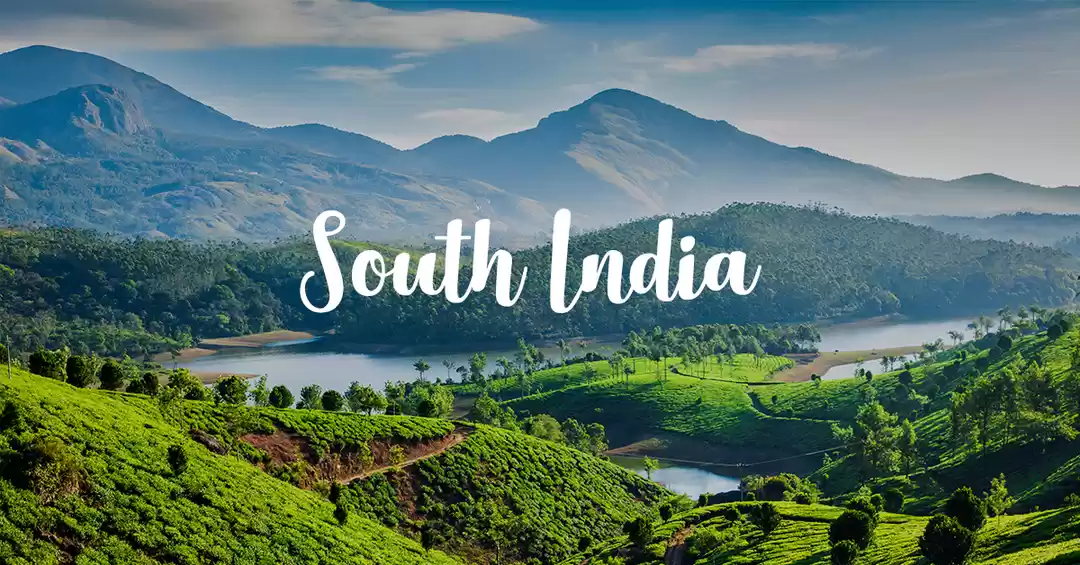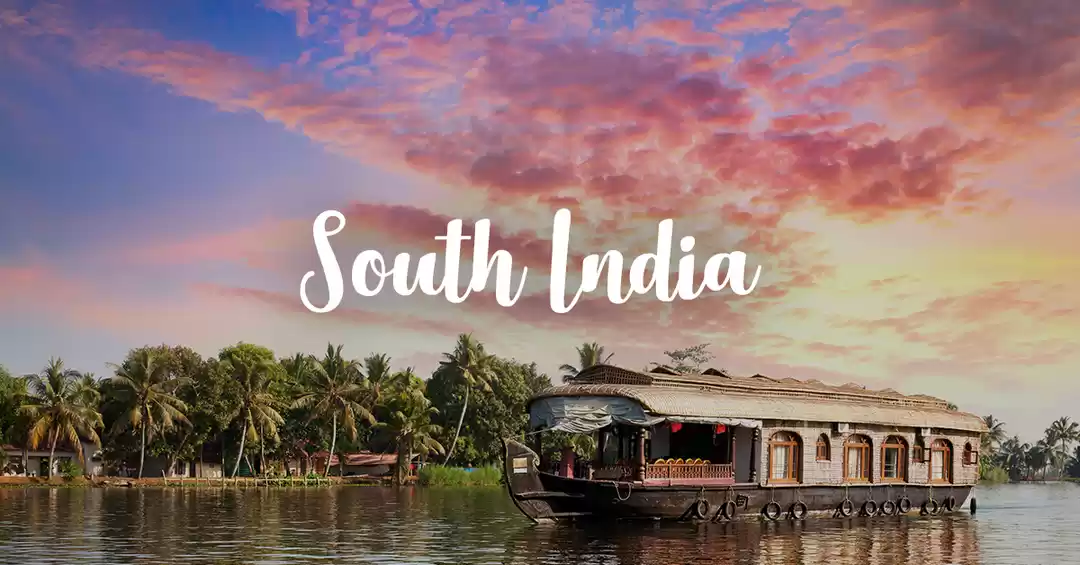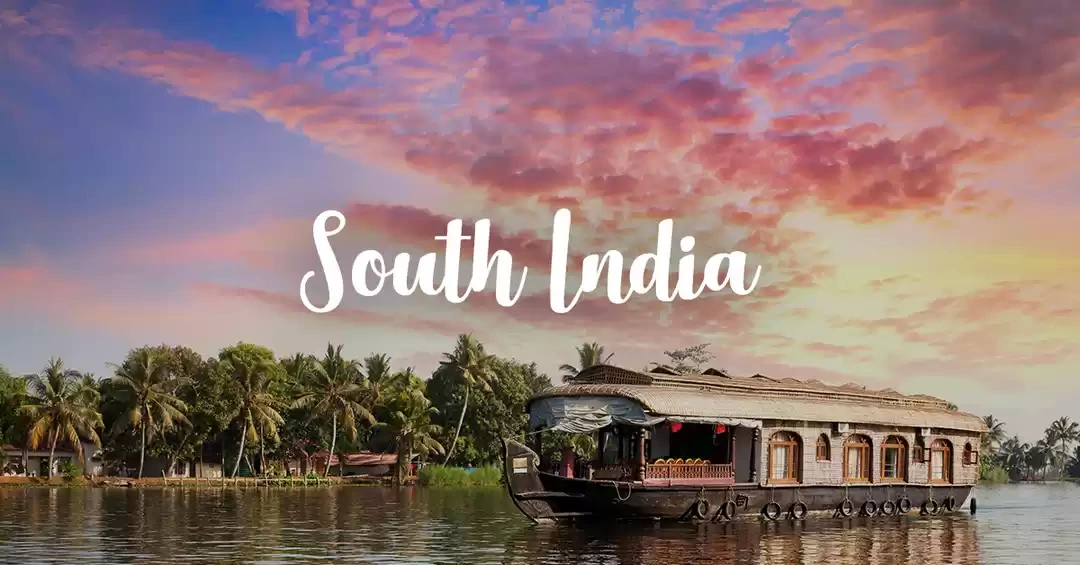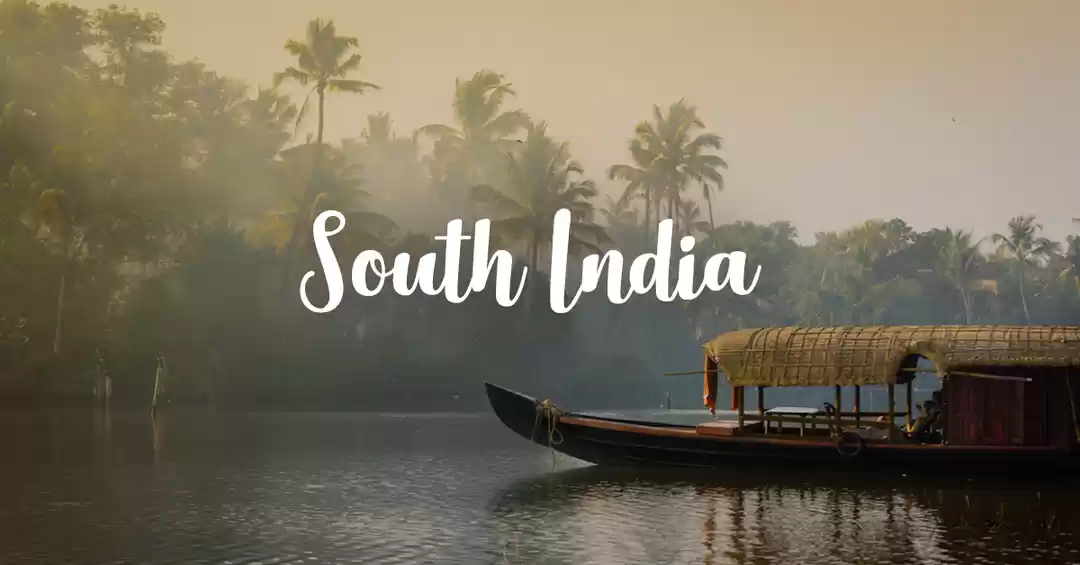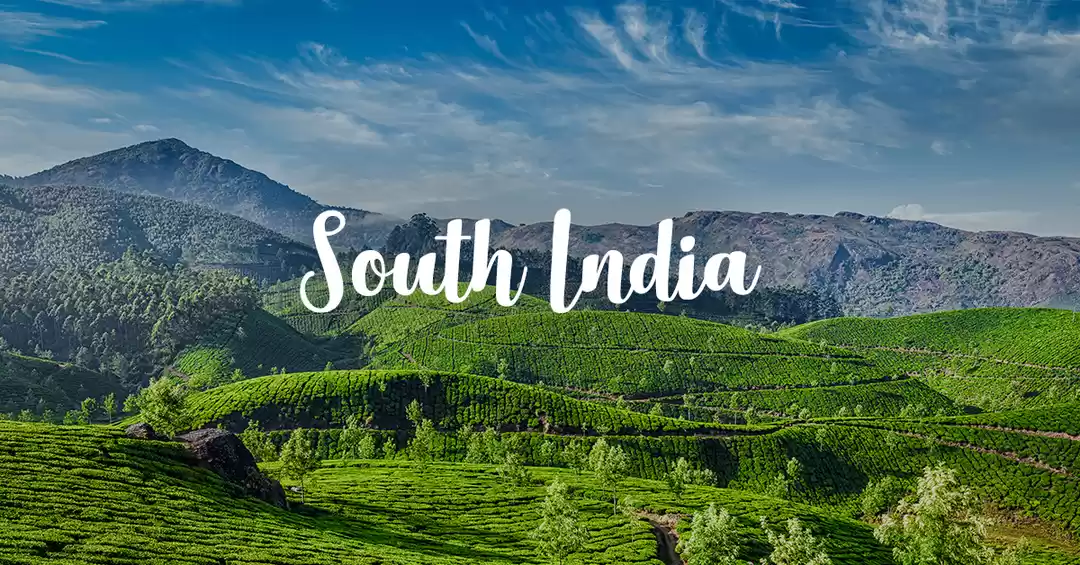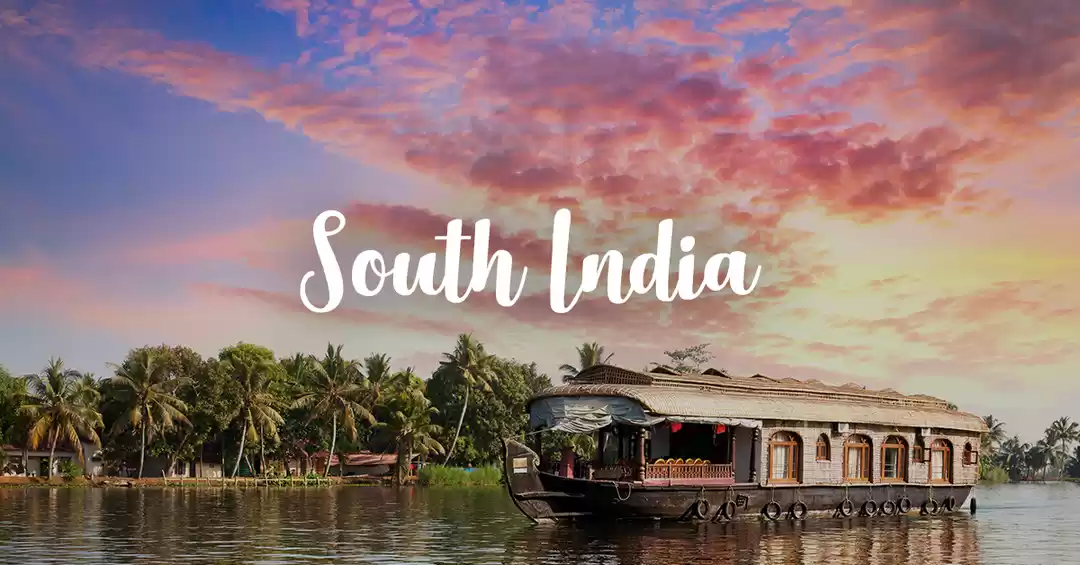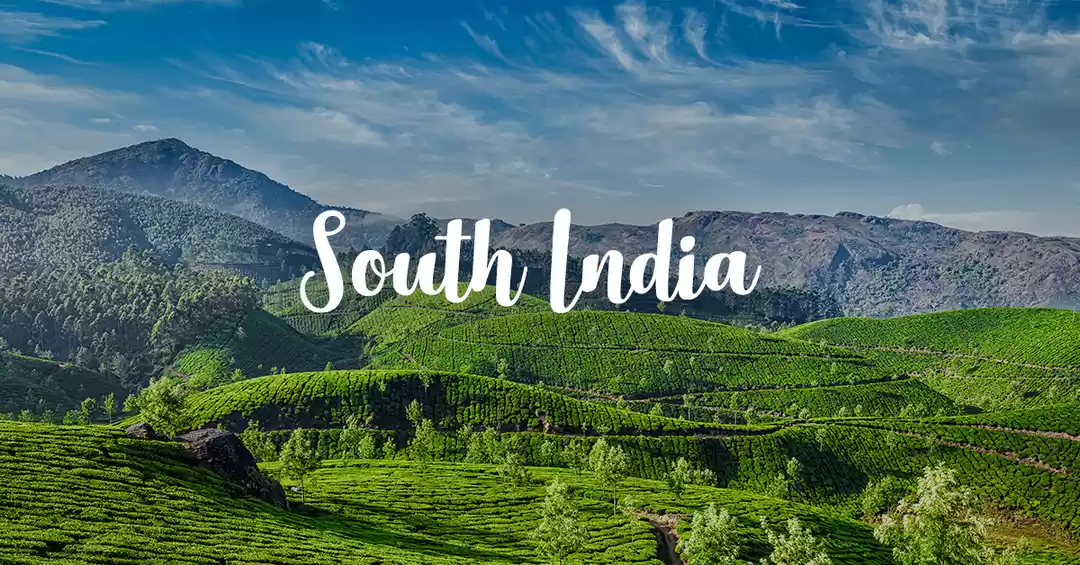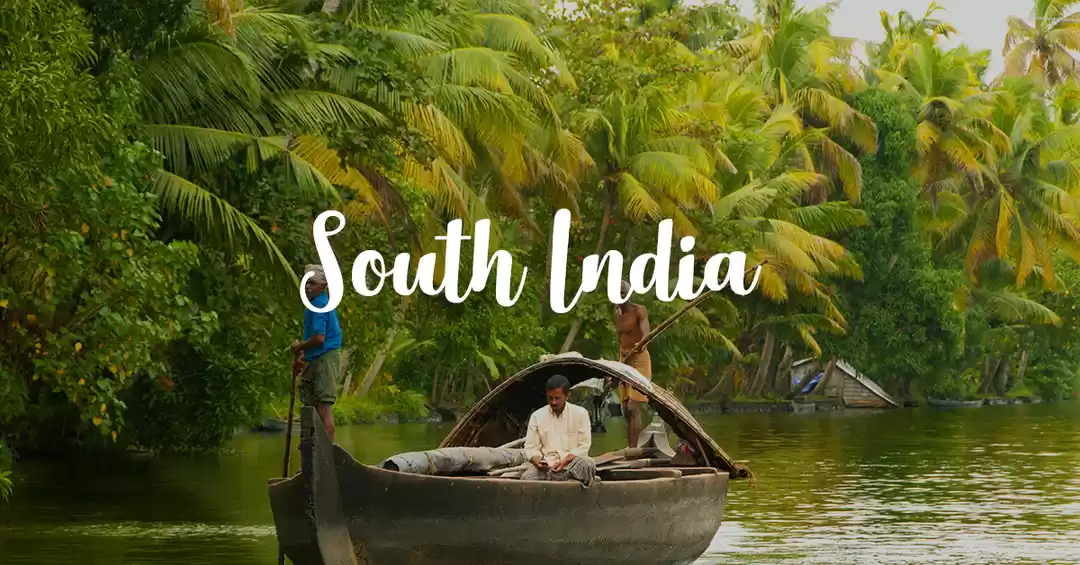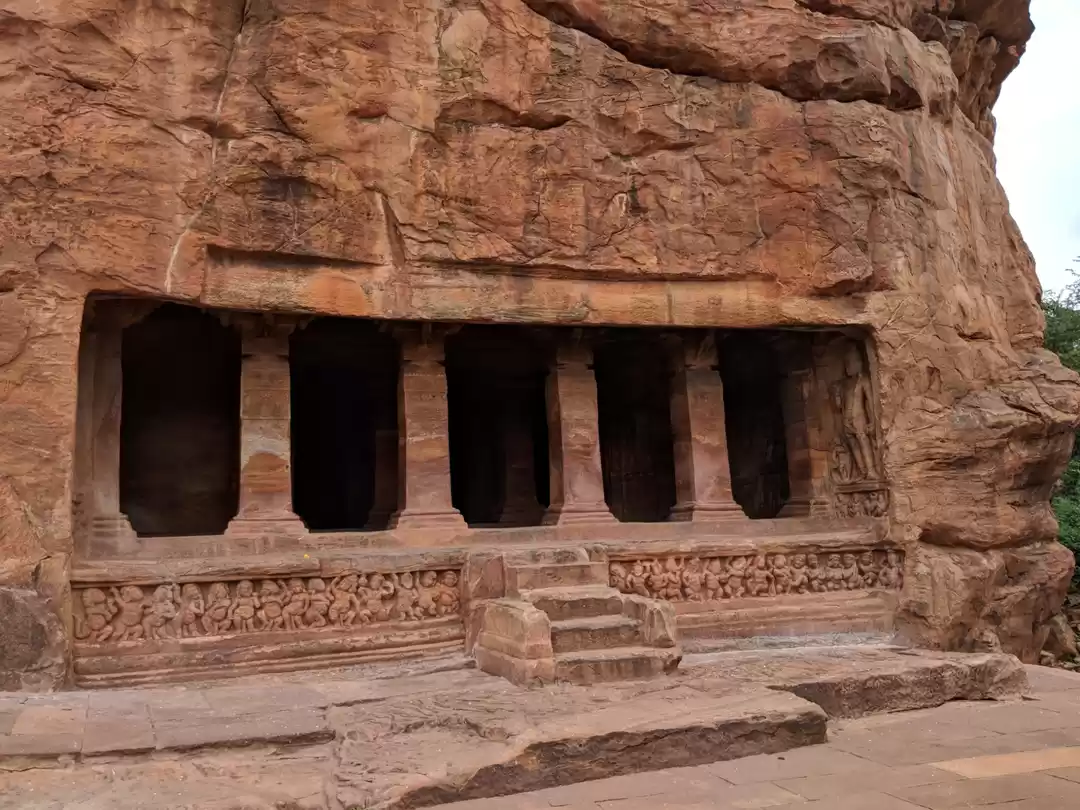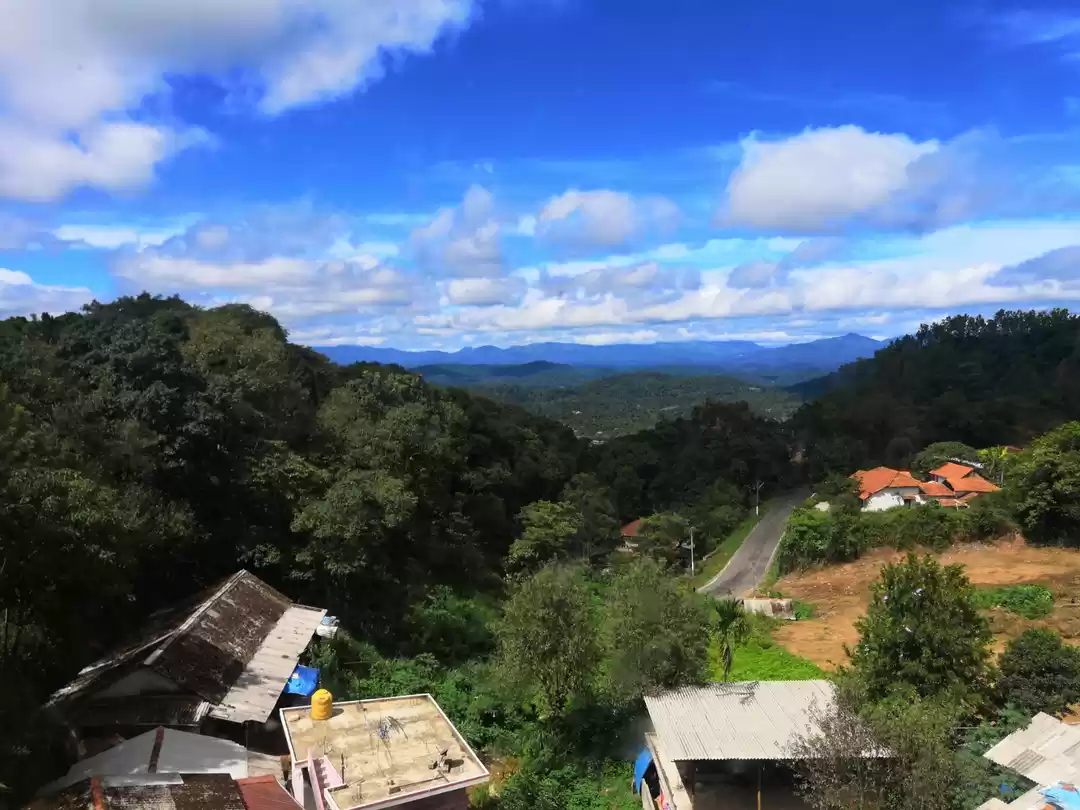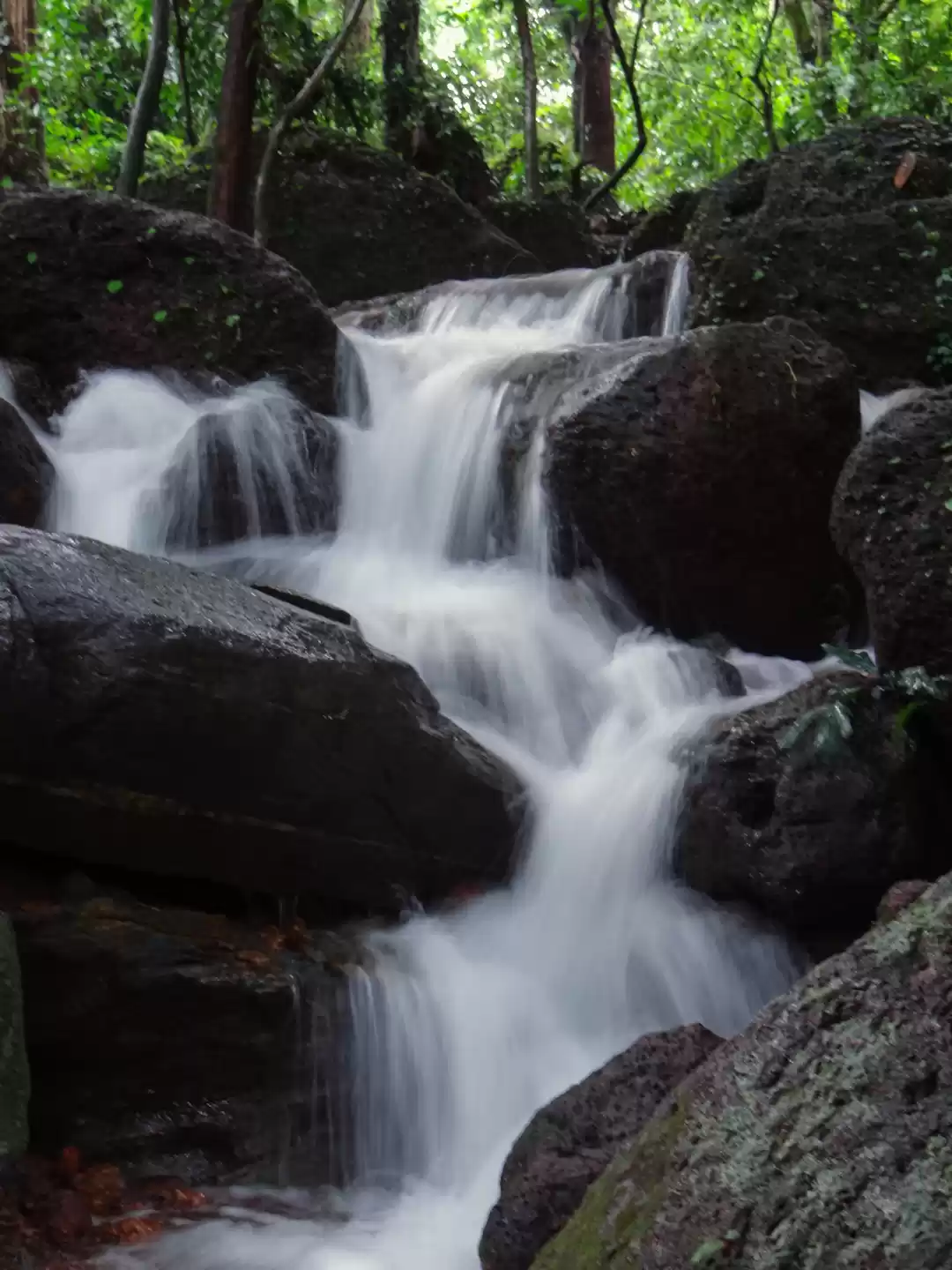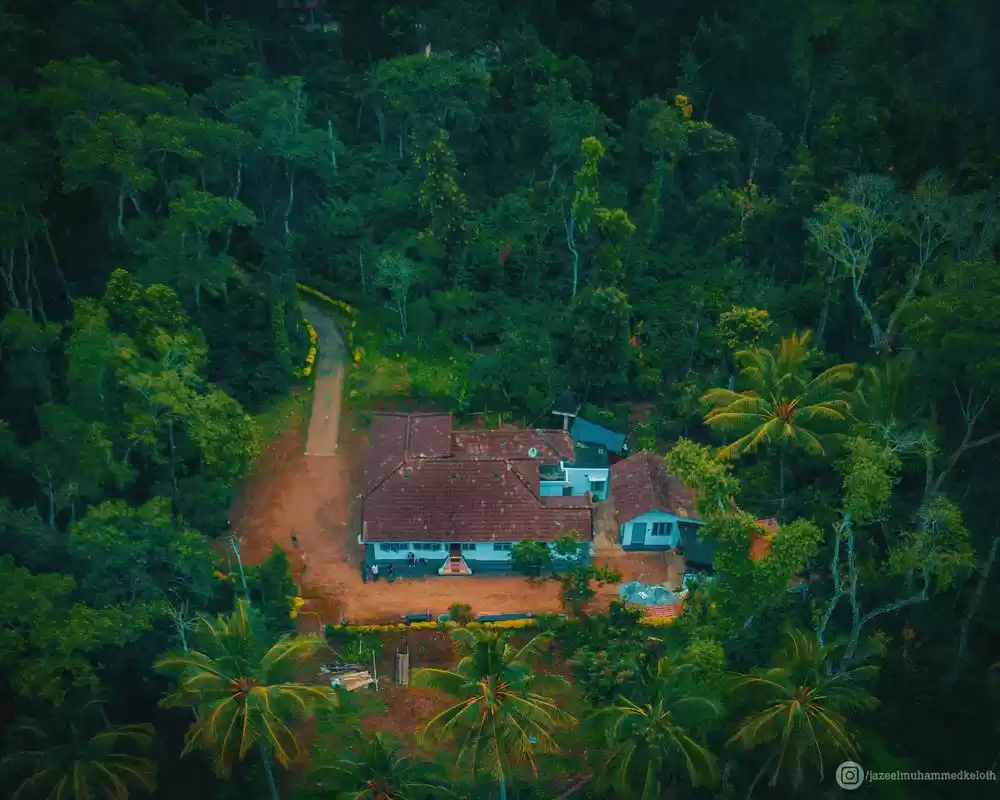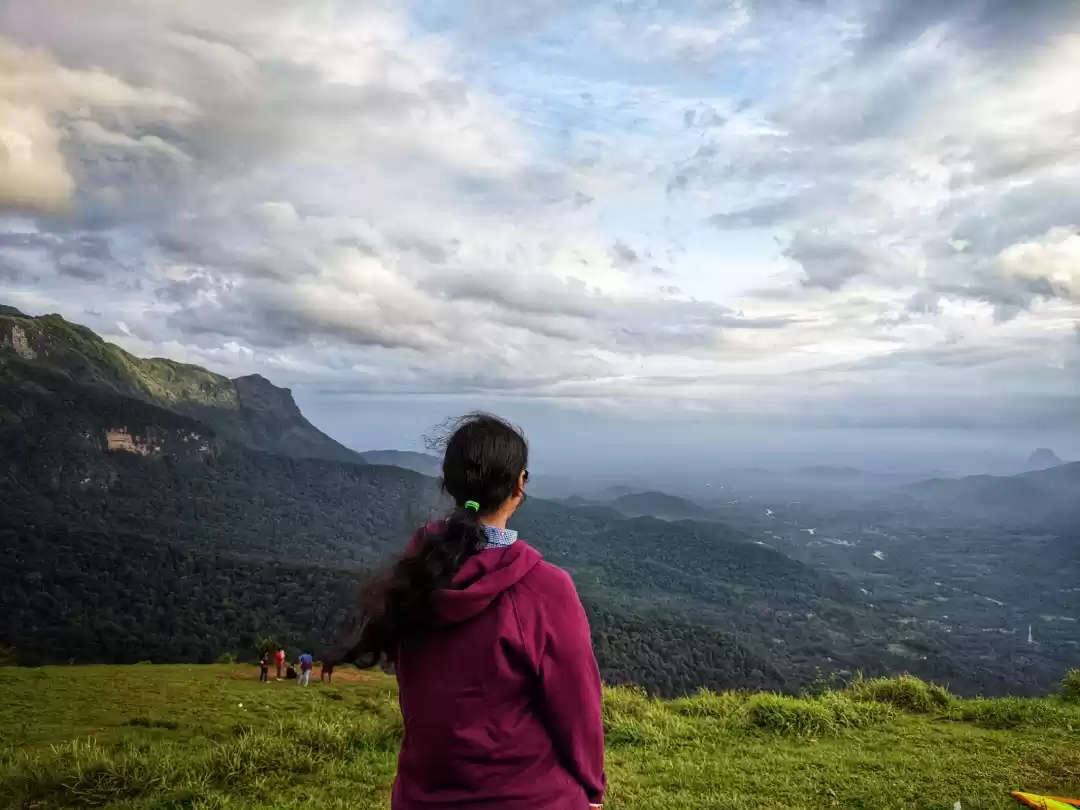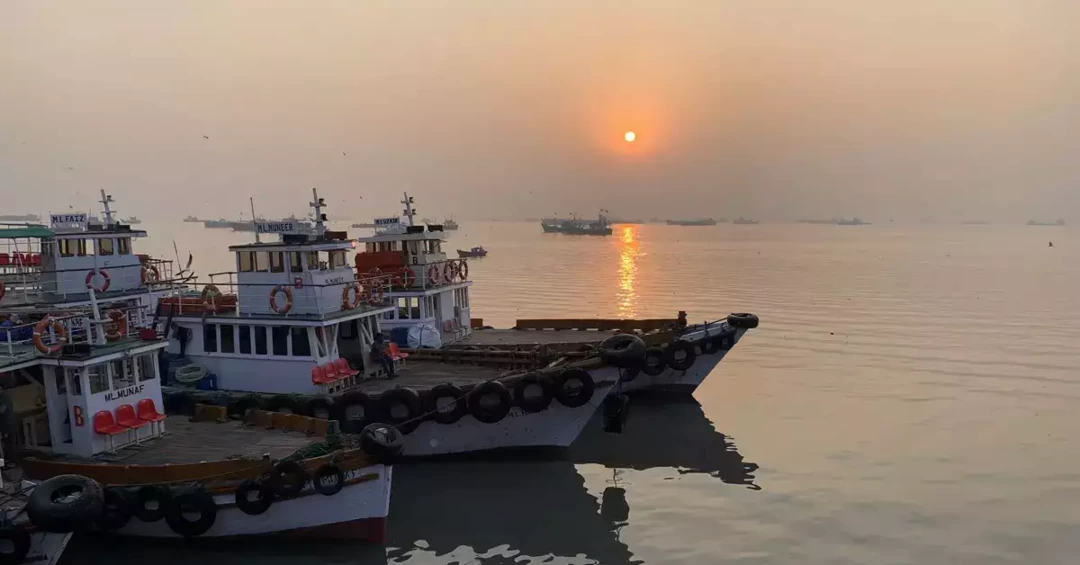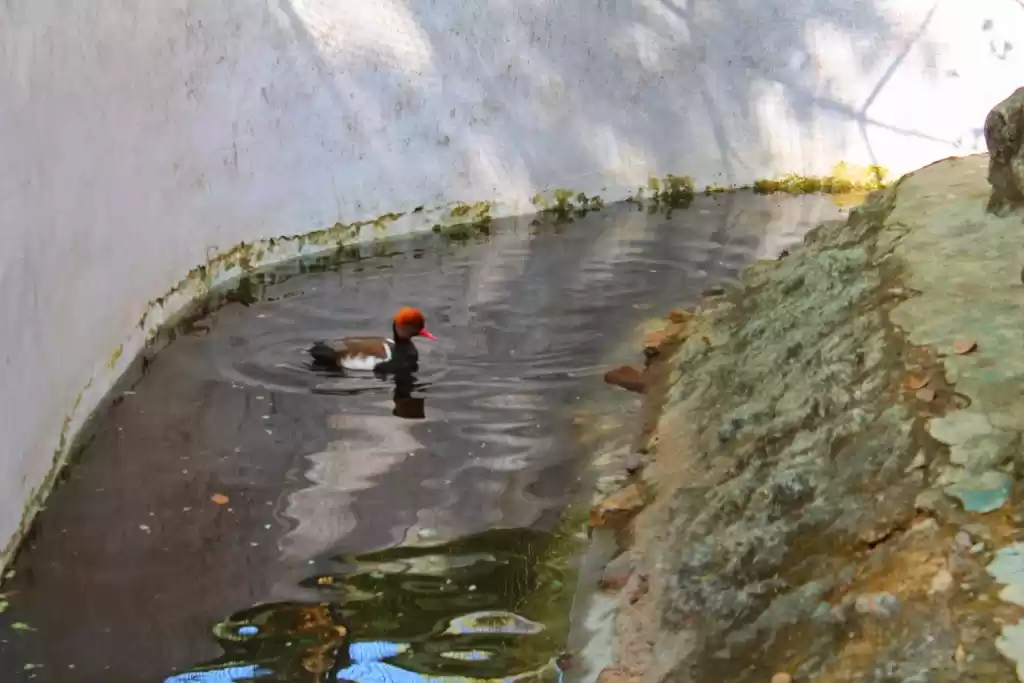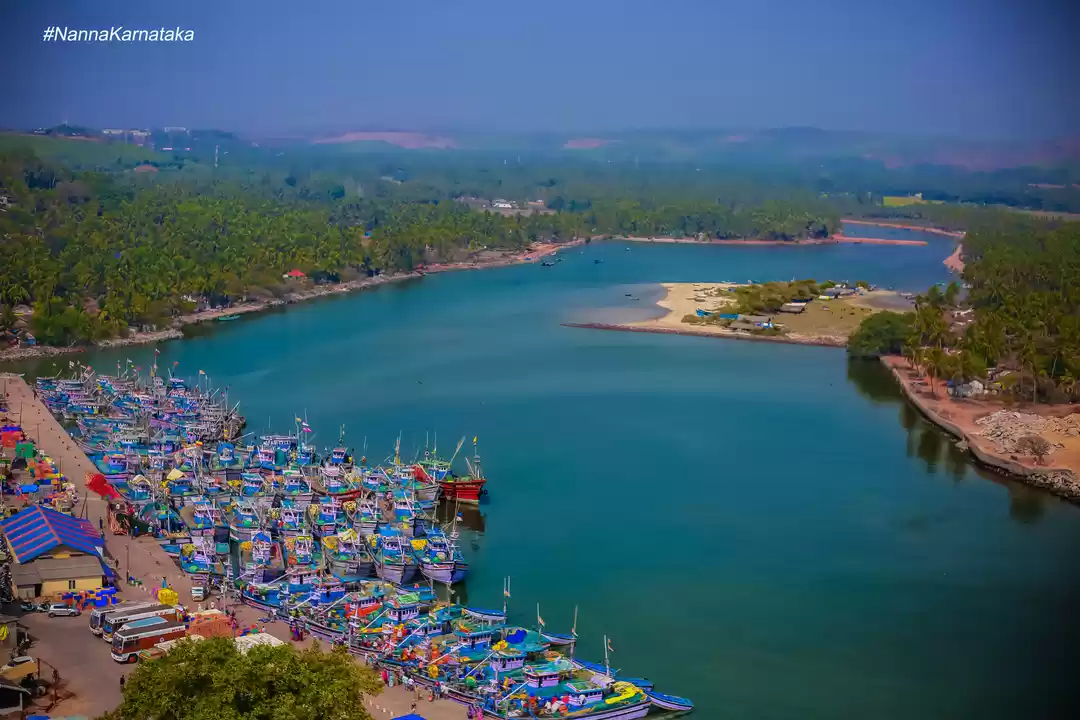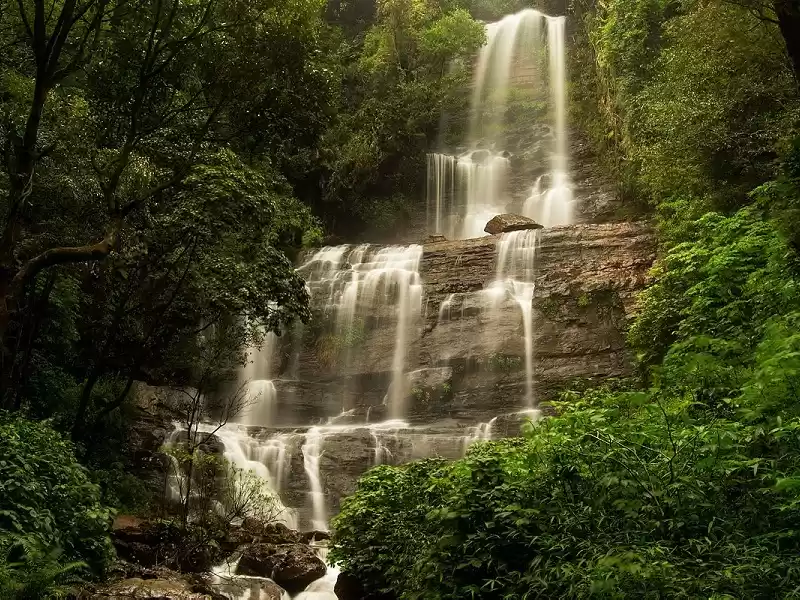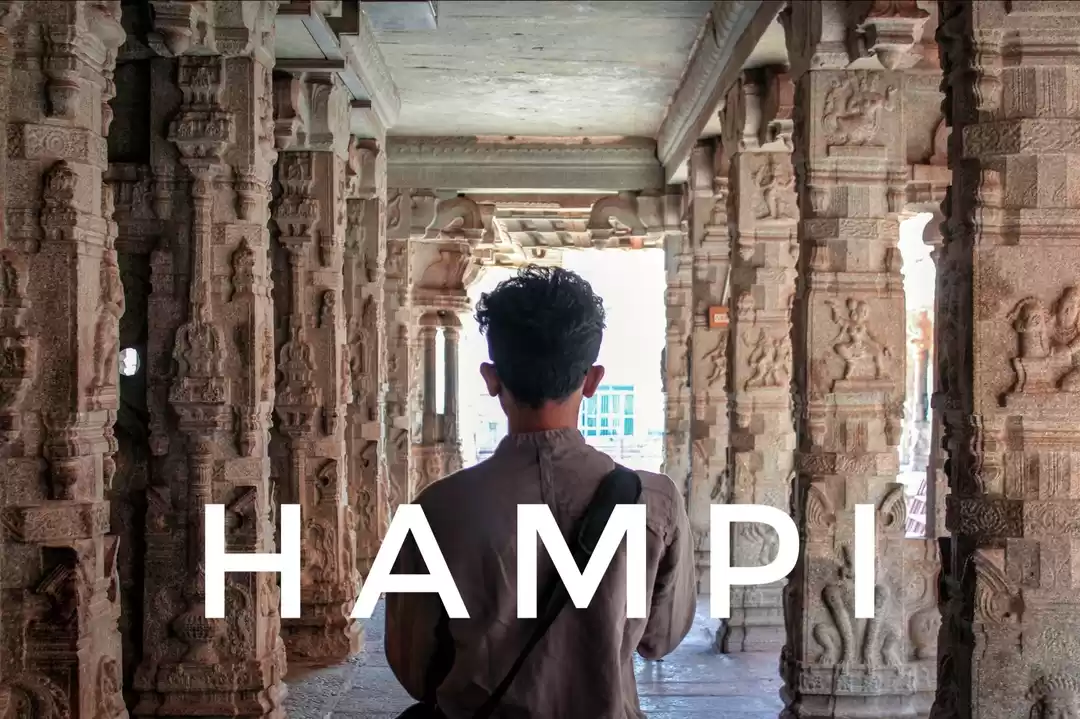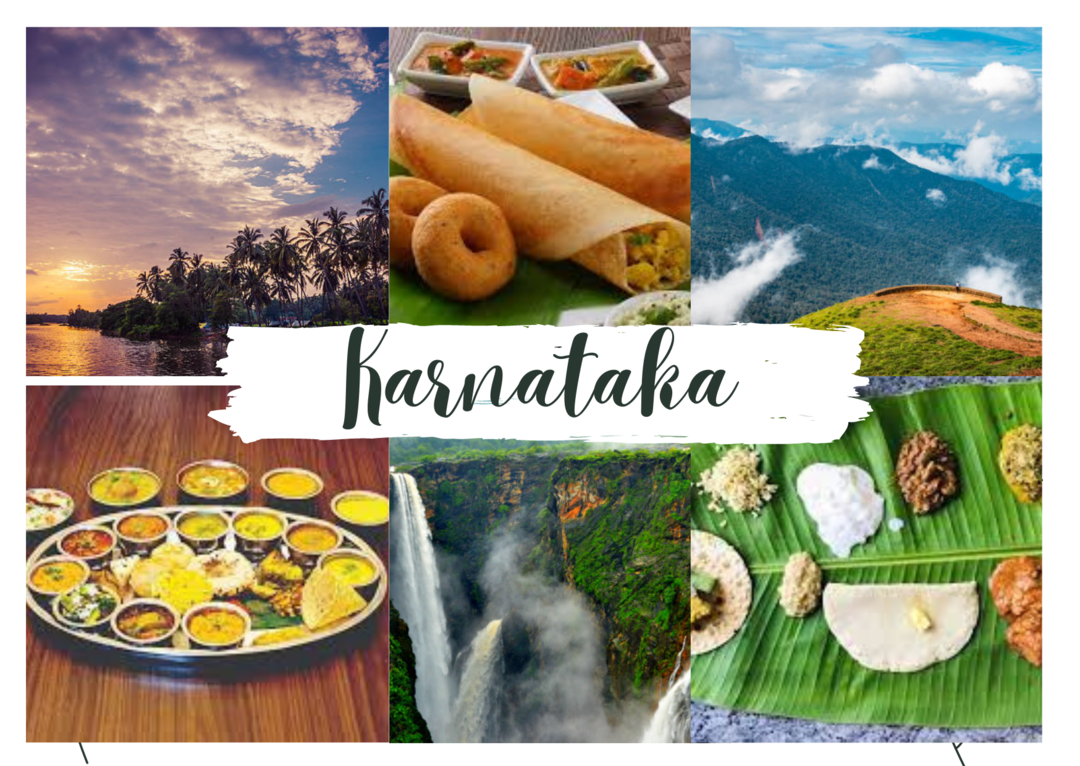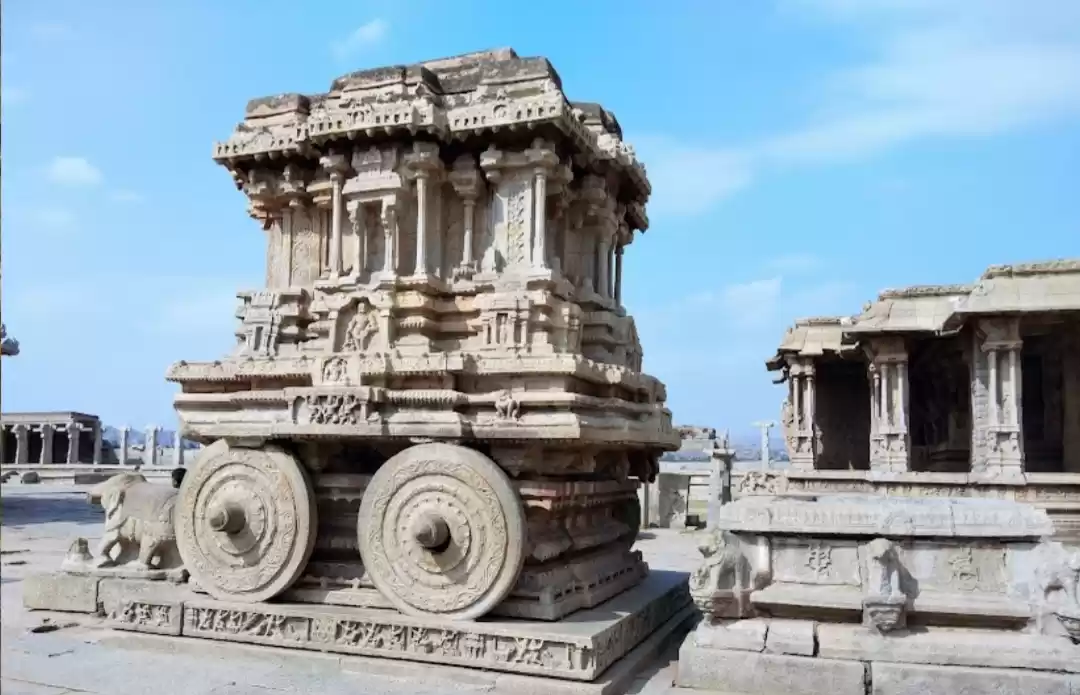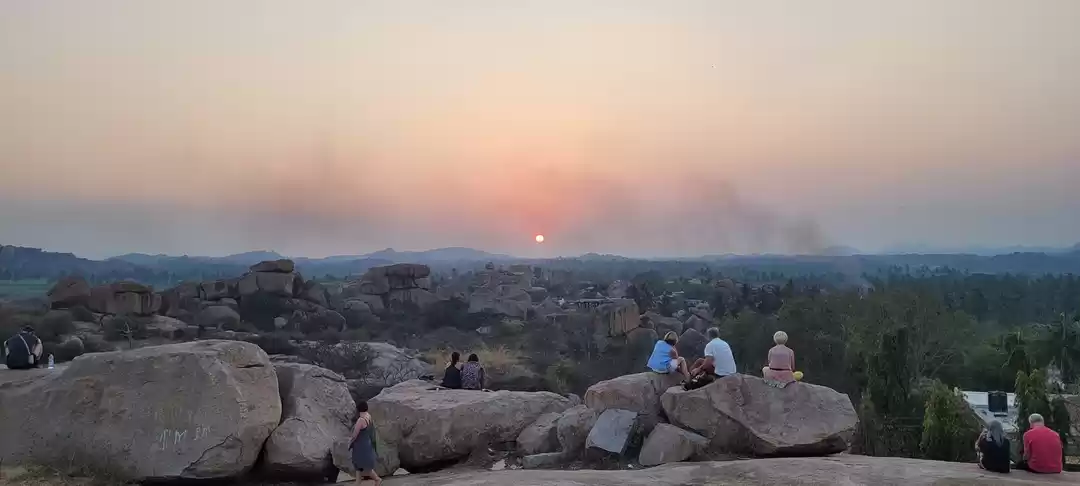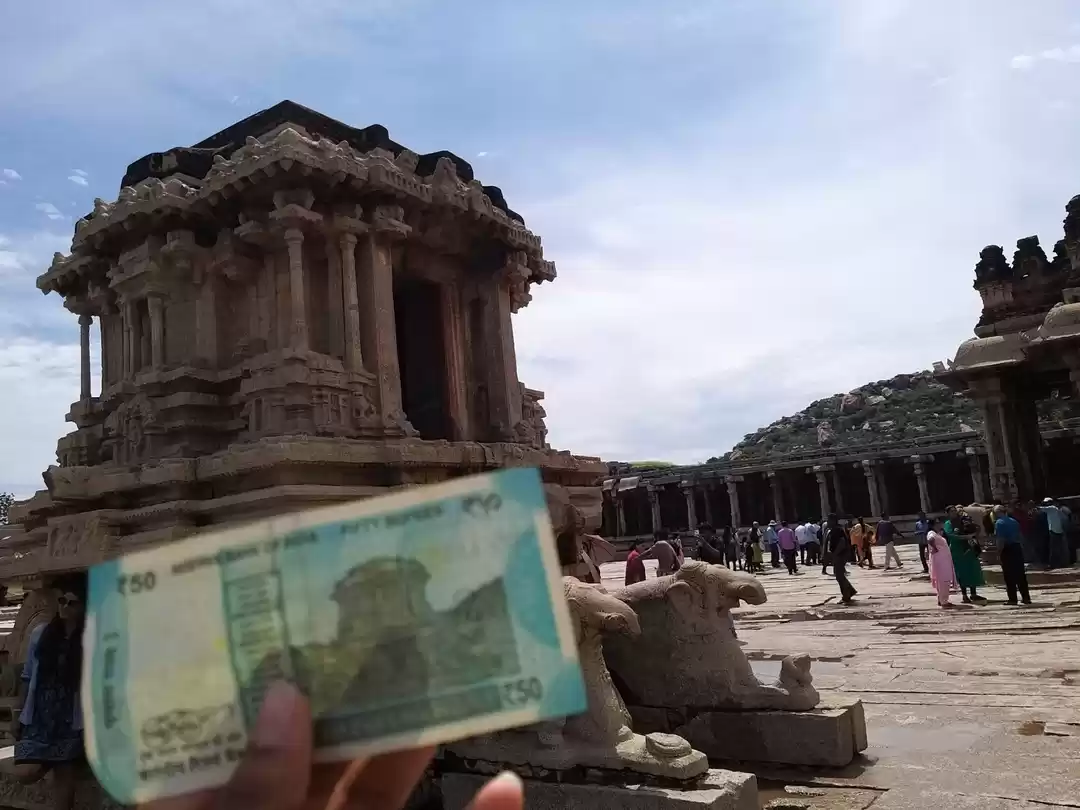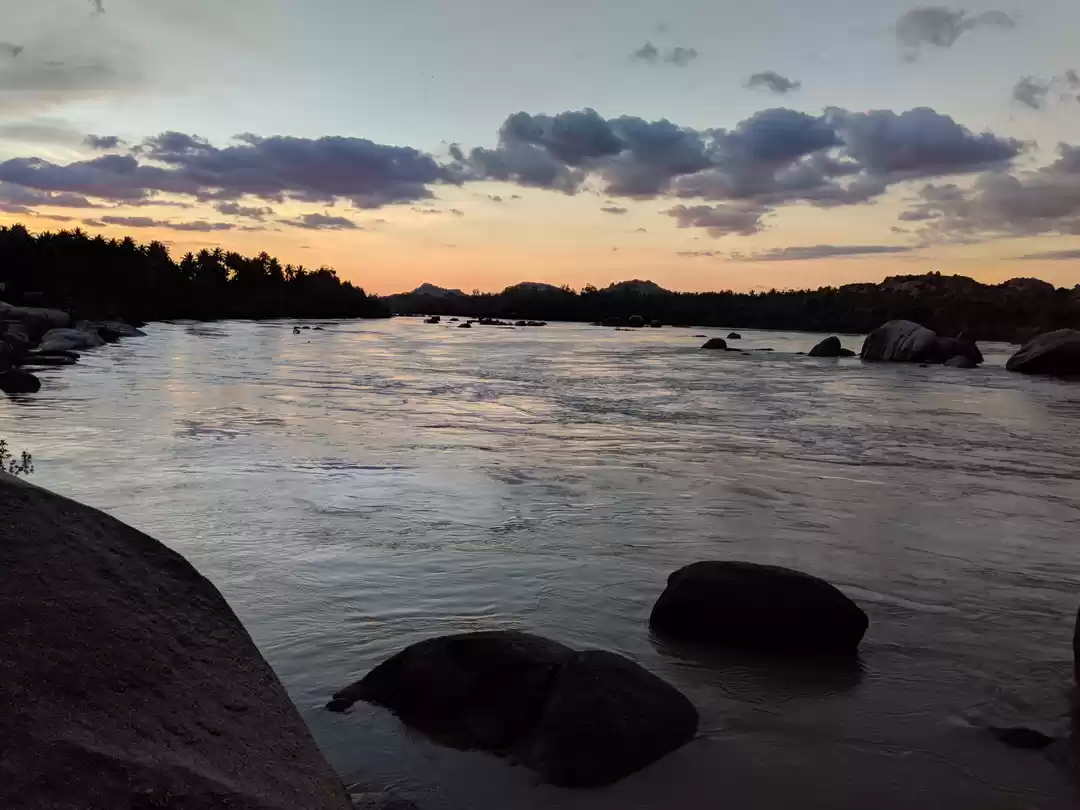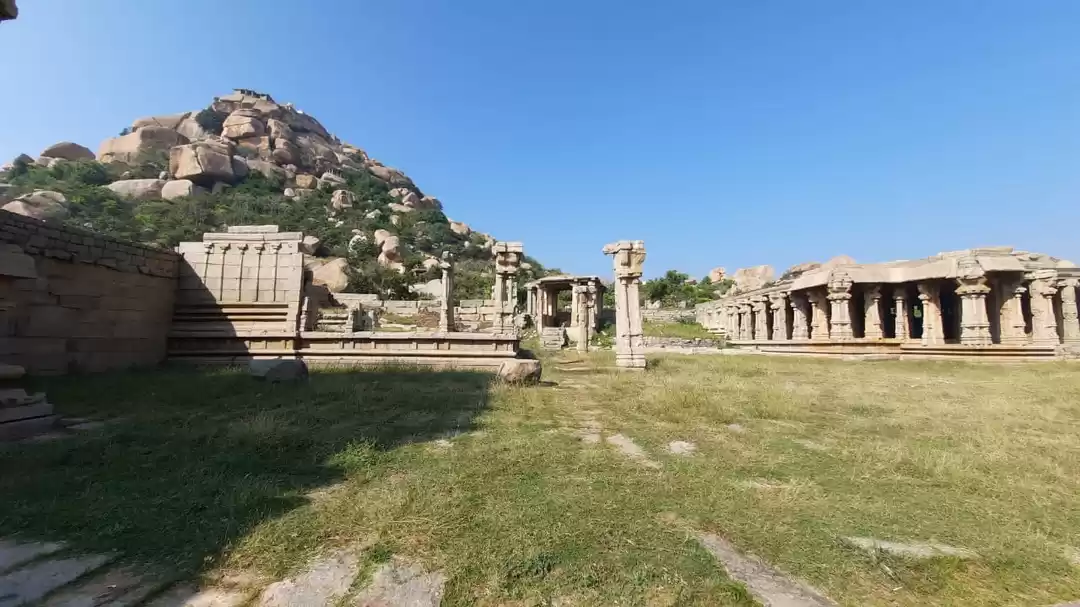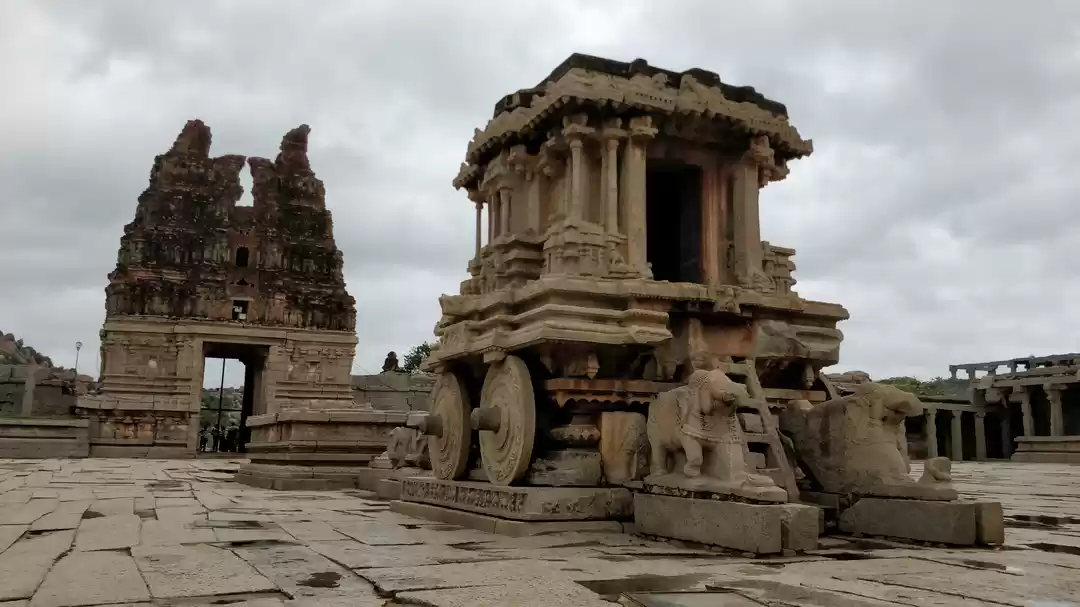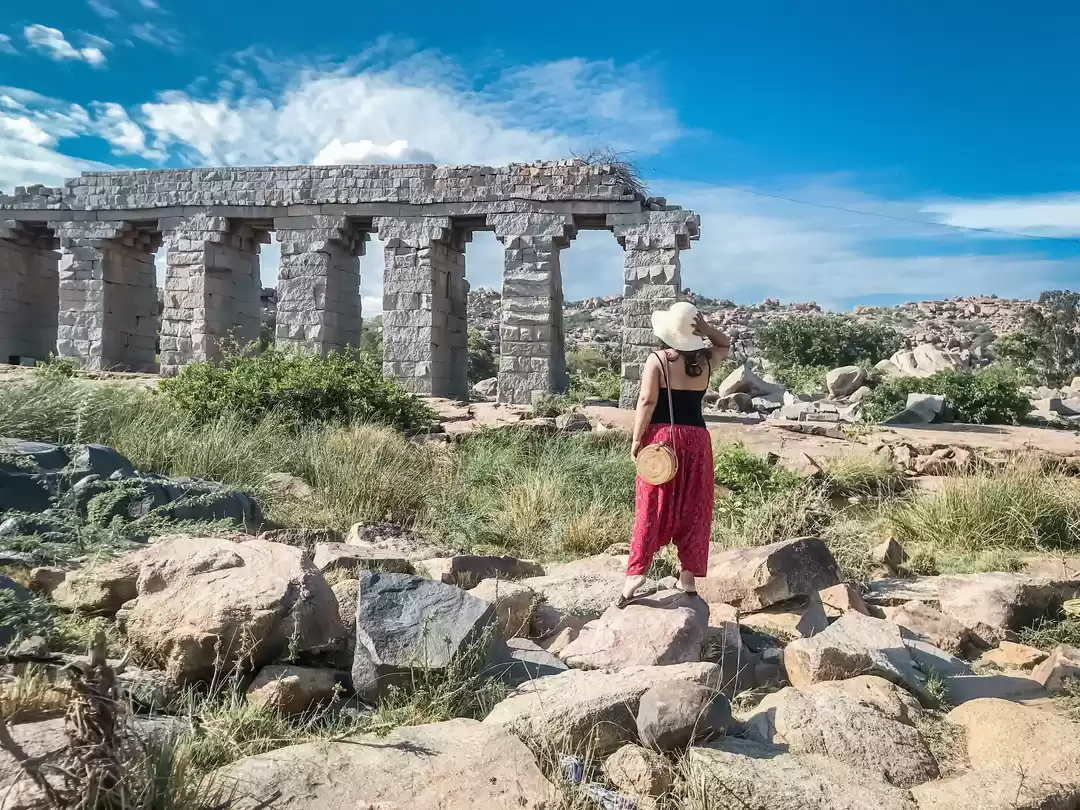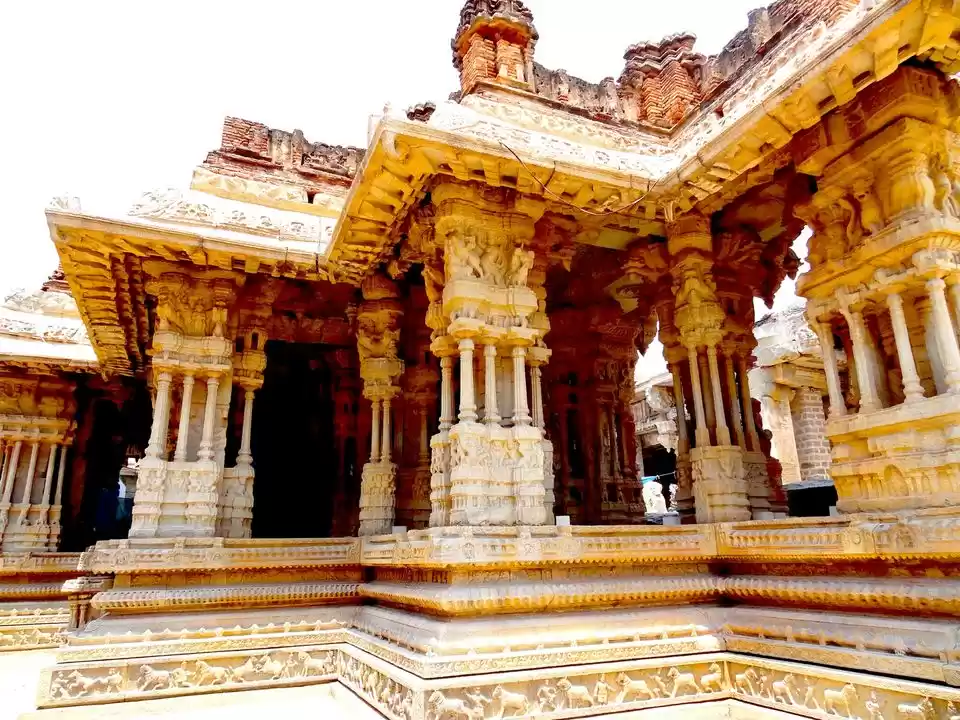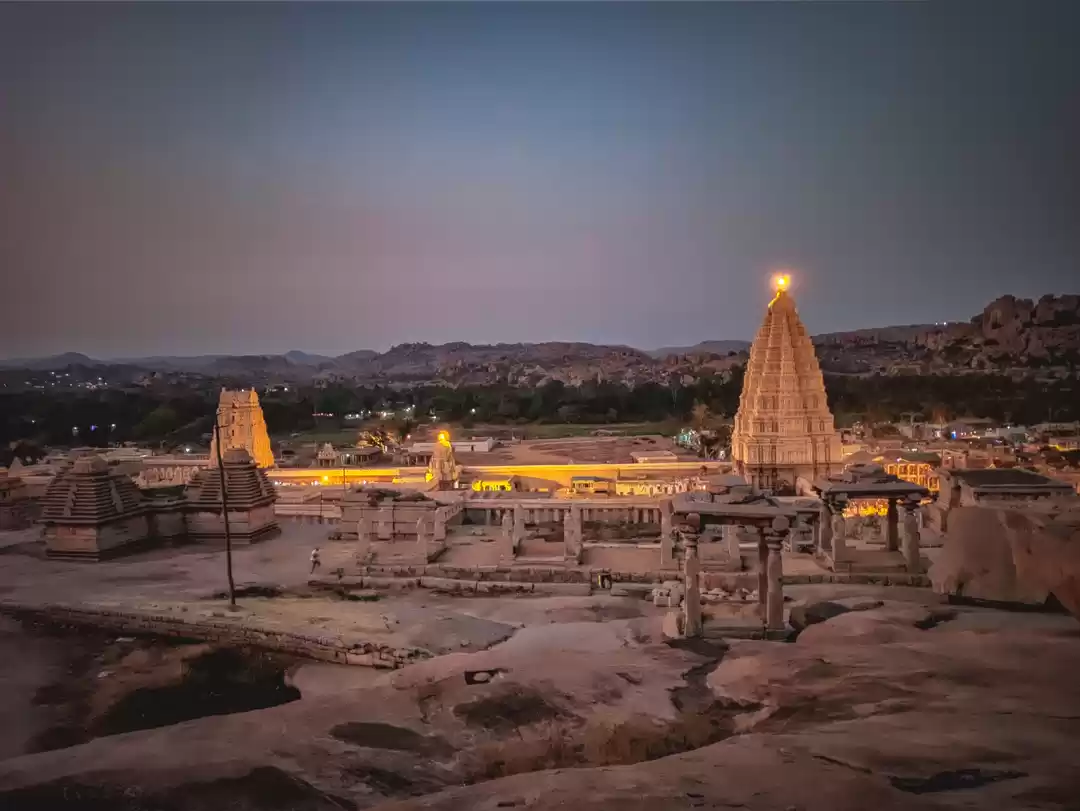




















As a history buff interested in old civilizations, seeing ruins of old cities gives me an unparalleled high in imagination. To step back in time & to imagine a whole city above & around a meter high of ruins, to imagine who all walked that part of the earth, to imagine their daily lives is just pure adrenalin rush for me. I often complained about lack of good old ruins in India after my unbridled joy in experiencing the ruins of old Roman & Greek cities spread across the Mediterranean. Nothing prepared me for what I saw in Hampi, a great ghost town, a city abandoned after destruction, a beautiful ruin like no other in India.
The mythical, yet forlorn and stony landscape of Hampi entices and awes in the first look and before I knew it, I was head over heels in love with Hampi. The landscape, dotted with granite rocks and boulders, some which are precariously perched on the edges of the rising hilly outposts, casts rusty orange hues with the rising sun, only to be interspersed with some lush greenery of coconut palm trees and paddy fields, swaying to the breeze from the mighty Tungabhadra river flowing alongside. Scattered on this earthy landscape are the 5 century old stunning ruins of Hampi, with innumerable ruins of temples, palaces, bazaars etc. It is an alluring place, an abandoned ghost town, standing still in time, waiting to be explored, and bewitching one to fall in love with it. The sight looked daunting, as I didn’t know where to start and how to finish, greedily at that, and not wanting to miss even one small piece of history anywhere on the 9 sqm ruins of Hampi.
Hampi, a UNESCO World Heritage site, was the capital of the Vijayanagara empire and one of the richest & the largest cities in the world in the 16th century. Such were the riches of the people of the city that the long bazaars in front of the temples sold precious stones much like grocery items! After the invasion by the Deccan sultanate in 1565, who repeatedly plundered Hampi, it lost its glory and was abandoned, never to be reoccupied again. Hampi has mythological connections. In ancient times, it was known as Pampakshetra after goddess Pampa who was Brahma’s daughter and later became Shiva’s wife. Hampi is also connected with Ramayana as Anegudi, which is across the river, is considered to be the birthplace of Hanuman. Hampi was also known as Kishkinda, which is where Rama supposedly beheaded Bali to install Sugreeva on the throne and muster support to free Sita from Lanka. Many events in Ramayana have been identified with specific locations around Hampi, like the cave where Sugreeva hid Sita’s jewels, which she dropped from the aerial chariot while being abducted and the rock where Sugreeva was crowned, amongst many other such markings.
Hampi was established by the Sangama brothers, Hukka & Bukka, in 1336 who were chieftains under the rule of Kampila, a small kingdom in the Tungabhadra valley. The kingdom continued to expand under the rule of kings of the Sangama dynasty, Devaraya I and Devaraya II, who expanded the kingdom covering all land south of the Krishna river. When the fortunes of the kingdom eroded with the repeated conflict with the Bahmani rulers, Narasimha Saluva took control in 1485 and established the second dynasty at Vijayanagara, called the Saluvas. In 1505, Vira Tuluva seized the kingdom the third dynasty of Tuluvas was established which produced the most famous kings, Krishnadevaraya, and Achutaraya, under whom the Vijayanagara reached the peak of its culture, power and glory. It was in 1565, the capital fell to Deccan sultans after which the city was abandoned and the 4th Dynasty of Vijayanagara empire, the Aravidus, controlled the decaying empire from Penuconda in Andhra and eventually faded into history.
Hampi was a 2 night stop on my 2500 km road trip route from Mumbai – Bijapur – Badami – Aihole – Pattadakal – Chitradurg – Jog Falls – Konkan Coast – Goa – Ganpatipule – Mumbai. Hampi is spread over 9 sq miles and one needs to be prepared to walk a lot. Though autos ply on the main road, one is tempted to walk and lose oneself in the ruins of Hampi. There are 3000 temples & points of interest in Hampi and it will take a year to see all of them!! To cover the main attractions at leisure, one needs 3 days.
Hampi can be divided into four routes groups and covered in such fashion – route 1 covering the Sacred centre around the Virupaksha Temple, route 2 covering the royal centre with the royal palace ruins,route 3 covering the Vitthala temple, riverside ruins and Achutraya Temple vicinity, and Route 4 covering the Zenana enclosure and the museum. The major points of interests in Hampi are:
Virupaksha Temple
The majestic Virupaksha temple dedicated to Shiva and his two consorts sits right on the river bank. The temple complex was enhanced by Krishnadevaraya upon his coronation in 1510. The temple ceiling has exquisite paintings depicting the marriage of Shiva & Pampa and scenes from Ramayana. Also deep inside the temple complex, is a place where architecture meets optics and magically, without the use of any mirrors, the shadow of the temple’s gopura forms an inverted shadow vs. an upright shadow!
Hampi Bazaar and Nandi
Right outside the temple, is a 750 mt long Hampi bazaar or market area, which are now in ruins thanks to the occupation and conversion to dwelling houses by locals, who are now relocated to outskirts of Hampi. At the end of the street, is a Majestic Nandi monolith and a mandapa, which has been converted into a Museum to display early photographs of the site from the 20th century, right from the time of discovery of Hampi and before and after the restoration of the ruins.
Matanga Hill
The best way to observe Hampi is to climb the Matanga hill, to the right of Hampi Bazaar, at sunrise and experience the awe-inspiring landscape of Hampi.
Hemkuta Hill and the Ganesha monoliths
Walking right from the Virupaksha temple, one arrives at the Hemkuta hill which is dotted with many small temples and shrines. The hill also serves as a sunset point and is one of the magical ways to experience Hampi. The two major points of interest here are the Kadalekalu Ganesha temple, which has a large monolithic statue of Ganesha, and the Sasivekalu Ganesha Temple, which also has a large monolithic statue of Ganesha surrounded by majestic columns.
Krishna Temple & Bazaar
Walking southward from the Hemkuta hill, one finds the Krishna temple erected by Krishnadevaraya in 1515 to commemorate his victories & the adjacent scenic Krishna bazaar surrounded by hills and has a stepped water tank and small pavilion in the middle of it.
Lakshmi Narasimha, Badavilinga and Uddana Virabhadra temples
Further south, after crossing the lush paddy fields, can be found two more stunning temples: The Lakshmi Narasimha temple which hosts a huge monolithic statue of Narasimha, the man-lion avatar of lord Vishnu. The adjacent Badavalinga shrine has a huge monolithic Shivling and continues to be used by locals. Further, down south is the Uddana Virabhadra temple, used by locals and is dedicated to goddess Kali. Right outside is a ‘sati’ stone dedicated to a general who contributed to the temple.
Sisters’ Stone or Akka Tangi Gudda
These two massive natural stones, leaning against each other, lie at the entrance of the road that leads to the royal centre. Legend has it that two travelling sisters who were visiting Hampi became jealous of the city & its glory and said some bad things about the city. The reigning deity was enraged and turned them into stones! Nevertheless, the massive stones are a wonderful sight to see.
The underground Shiv Temple
A little further from the Sister’s stone is the Underground Shiv temple complex. It was fully buried with time, but the excavation resulted in it being below the ground level. It is a massive temple complex, and partial remains of a gopura can be seen at the entrance.
Royal Palace ruins & Hazara Rama Temple:
Exploring the sprawling royal place ruins will take better part of the day at Hampi. First on the route are the Noblemen’s Quarters, a walled palace complex called the Dannayaka Enclosure with walls and basement of palaces and has the Band Tower, a Mosque, a mint area, remains of the palace of Vira Harihara and Krishnadevaraya. Further ahead is the majestic Hazara Rama Temple, which has intricate reliefs carved on the walls. Near the Hazara Rama Temple is the entry to the Royal Enclosure where the king used to conduct his daily duties. A lot of the structures in this complex were built in wood and hence were destroyed when the city was set on fire. It is here that one can find many interesting structures like a geometrically shaped stepped tank, the underground chamber for secret discussions, an audience hall which is in ruins and one of the majestic structures in the area called as the Mahanavami Dibba from where the king used to watch the parades.
The Queen’s Bath & the Octagonal Bath
A short walk from the Royal enclosure is the Queens’ bath. It is a hexagonal shaped architectural beauty with the influence of Islamic architecture and has a stepped pond inside for the queen to bathe. TheOctagonal bath lies amidst the place complex ruins.
The Zenana enclosure & Elephant Stables
The ruins of a huge walled compound are known as the Zenana enclosure or the harem. Inside the enclosure is the famous Lotus Mahal, which has distinct Indo-Islamic architecture and was naturally ventilated using air shafts. There are many deep water tanks & a granary in this area. The impressive elephant stables are a long line of 11 chambers with distinct Indo- Islamic architectural style. It is believed that many monuments which had Indo- Islamic influence were left untouched by the raiding Deccan Sultanate army.
Vitthala Temple Complex & Stone Chariot
Walking left from the Hampi Bazaar, one comes to the Riverside from where one can take a coracle boat ride which takes about a leisurely half hour to reach the Vitthala Temple Complex. There is the legendary cave of Sugreeva on the banks of Tungabhadra. At a distance, remains of the Tungabhadra bridge connecting Vijaynagara to Anegudi can be seen. The remnants of the Vittala Bazaar are seen right outside the temple. Just after entering the temple, is the most famous attraction of Hampi – the monolithic Stone Chariot. Two elephants are seen pulling the chariot, though originally horses were there. Facing the stone chariot is the Maha Mantapa with unique monolithic carved granite pillars called as the musical pillars which emit musical notes of different instruments when tapped. This majestic temple is an architectural beauty with many intricate reliefs carved on the temple walls, showcasing the life in Hampi in the 16th century.
Achyutaraya’s Temple complex & Kings’ balance
Walking away from the Vitthala temple, back towards Hampi, one finds the King’s balance with inscriptions of Ramayana. The King used the balance to weigh himself and give away his weight’s equal in gold and precious stones to temple Brahmins. Further ahead is the Achyutaraya’s temple dedicated to the Lord Tiruvengalanatha along with the remains of the bazaar.
Kodandarama temple complex
Coming back to the riverside starting point for the coracle boat ride and the one finds the Kodandarama temple complex dedicated to Rama, Lakshman, Sita & Hanuman. Along the riverside, there are many reliefs carved on the rocks.
I would have missed many other smaller attractions due to paucity of time, but was glad to have covered most it. Hampi left me feeling greedy. It drew me in and captured my imagination. I began to imagine & visualise the life in glorious Hampi in the 16th century, of the riches of the bazaars and the grandeur of the palaces, dreamily wishing to be born back then. I wanted more and more of Hampi, not wanting to go back, only to be dreamily consumed by imagination and love for the mythical and majestic landscape that is Hampi.
How to reach:
The nearest railhead is at Hospet, which is 16kms away.
The nearest airport is at Hubli, which is 160kms away.
Where to Stay:
Stay across the river from Hampi at Virupapur Gaddi in one of the many guesthouses frequented by foreigners. This side has a bustling nightlife and shops for buying in clothes & other knick knacks. We stayed at Mowgli Guesthouse which was nice & clean with great views of paddy fields behind. It was a short 10 min walk to the ferry point to cross the river to Hampi ruins.
Tip:
Catch the sunrise from the Matanga hill and the sunset from the sunset point on the Hemkuta Hill. Hampi is an open air museum and can get really hot during the day. Carry shades, cap & bottle of water and something to eat if you plan to walk the whole day as you will not find any food amongst the ruins.
This trip was originally published on THE VISA STAMP COLLECTOR



